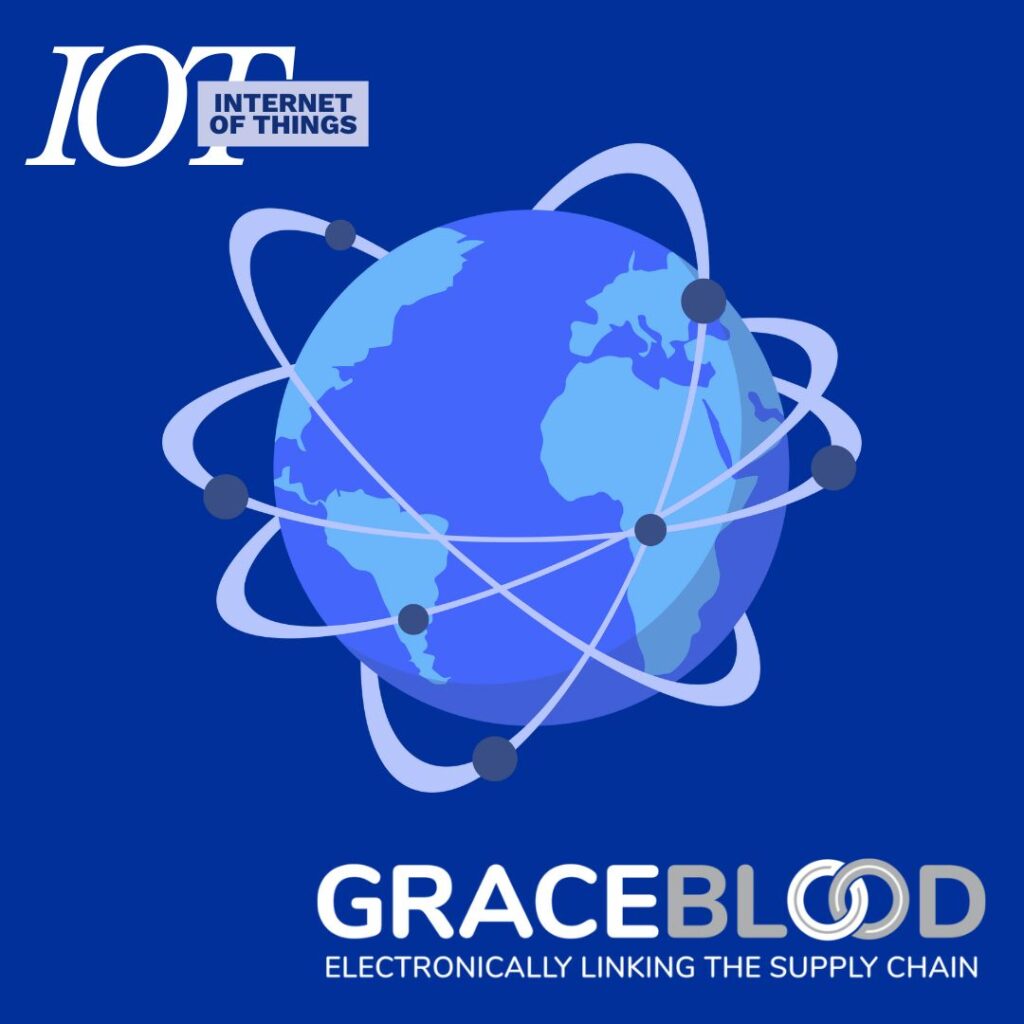
Businesses are under increasing pressure to streamline operations, improve efficiency, and adapt to rapidly changing markets. One of the key technologies driving this transformation is Electronic Data Interchange (EDI). EDI refers to the structured transmission of data between organizations by electronic means. It replaces traditional paper-based communication, enabling businesses to exchange documents from computer-to-computer, like invoices, purchase orders, and shipping notices in a standardized, automated format. Furthermore, EDI technology has modernized the way businesses communicate, allowing for faster and more accurate transactions. Instead of relying on manual processes—prone to human error and delays—companies can now seamlessly transmit data directly between systems. This shift to electronic communication reduces administrative overhead, enhances accuracy, and shortens order-to-cash cycles.
The benefits are substantial: increased operational efficiency, real-time information flow, enhanced supply chain coordination, and cost savings. In short, EDI technology is a cornerstone of digital transformation, especially in sectors where speed and accuracy are vital.
Table of Contents
- How EDI Works
- The Technological Evolution of EDI
- Benefits of Modern EDI Technology
- Common EDI Standards Used Today
- The Future of EDI
How EDI Works
To understand the impact of EDI, it’s important to grasp how it functions. At its core, EDI is the electronic exchange of business documents between computers in a standardized format. This means that a company can send a purchase order directly from its ERP system to a supplier’s system without human intervention.
EDI Document Exchange Process
The EDI process typically follows these steps:
- Data Preparation: A company’s internal system (like an ERP) generates a business document (e.g., a purchase order).
- Translation: The document is translated into a standardized EDI format (such as ANSI X12 or EDIFACT) using in-house EDI translation software or a service provider’s cloud EDI solution.
- Transmission: The formatted EDI message is securely transmitted to the trading partner through protocols like AS2, FTP, or SFTP. Or, in more modern scenarios the documents are transmitted to and from the ERP via API integration.
- Reception and Processing: The receiving partner’s system receives the EDI document, translates it, again using EDI software or a Managed EDI Services solution, back into a format consumable by their back-end system, and processes it automatically. The process of feeding EDI data directly into an ERP system—known as EDI integration—is widely considered the gold standard for achieving meaningful ROI.
Standardized Formats
Standardization is the cornerstone of EDI’s success. Formats such as:
- ANSI X12 (common in North America),
- EDIFACT (widely used internationally),
- TRADACOMS (historically used in the UK retail sector)
Standardized formats—such as those above ensure that electronic documents are consistently structured, regardless of who sends or receives them. And these standards allow disparate systems to “speak the same language,” enabling seamless integration and minimizing miscommunication.
Eliminating Manual Processes
The traditional exchange of business documents involved faxing, printing, manually entering data into systems, and often mailing those documents. Not only was this time-consuming, but it introduced frequent errors—from typos to lost documents, and added costs. EDI eliminates these issues by automating every step, thereby improving reliability, accelerating order processing times, and enabling end-to-end visibility in supply chains.
The Technological Evolution of EDI
EDI has come a long way since its inception in the 1960s. Initially, EDI transactions were sent over dedicated value-added networks (VANs) and required significant infrastructure investment. Today, businesses can deploy cloud-based EDI solutions with much lower barriers to entry and broader capabilities.
From Paper Documents to Digital
In the early days, companies manually typed invoices, mailed or faxed them, and waited days or weeks for responses. Implementing EDI replaced this cumbersome approach with digital transactions that are completed in seconds. Over time, EDI platforms evolved to support a wide range of document types and industries—from retail to manufacturing to healthcare.
Advancements in Communication Protocols
A major driver of EDI’s evolution has been the development of modern communication protocols that support secure, real-time data transfer. These include:
- AS2 (Applicability Statement 2): A secure, HTTP-based protocol that allows for encryption, digital signatures, and message acknowledgment. This is commonly known as a point-to-point connection.
- SFTP (Secure File Transfer Protocol): Widely used for secure data exchange via SSH.
- FTP (File Transfer Protocol): Though less secure than AS2 or SFTP, it’s still used in legacy systems.
These protocols ensure that EDI documents are transmitted reliably and confidentially, satisfying both business processes and regulatory compliance requirements.
Benefits of Modern EDI Integration Technology
Modern EDI solutions offer significant advantages that go far beyond basic data exchange. The benefits of EDI include empowering businesses to optimize workflows, scale operations, and enhance relationships with customers and other business partners.
1. Efficiency
By automating the exchange of documents, EDI eliminates redundant manual data-entry, reduces processing time, and minimizes the need for human intervention. For example, an EDI-enabled order can move from buyer to seller, be picked, packed, shipped, and invoiced—all with minimal delay or error.
2. Cost Savings
Paper, printing, postage, filing, and labor costs can add up quickly. EDI eliminates or drastically reduces these expenses. Additionally, by reducing the risk of errors and disputes, EDI helps businesses avoid costly mistakes and chargebacks.
3. Improved Scalability
As companies grow, so do their transaction volumes. EDI systems are designed to scale, allowing businesses to easily add new trading partners and handle increased document flow without major system overhauls.
4. Real-Time Data Exchange
For retailers and logistics providers, timing is everything. Consequently, EDI supports real-time or near real-time data exchange, enabling businesses to monitor supply chain activity, track shipments, and respond to demand changes instantly. This agility enhances customer satisfaction and gives companies a competitive edge.
Common EDI Standards Used Today
To ensure compatibility between different systems, industries adhere to widely accepted EDI standards. These formats dictate how business data is structured, validated, and exchanged.
ANSI X12
Developed by the Accredited Standards Committee (ASC) in the U.S., ANSI X12 is the most widely used EDI standard in North America. It includes transaction sets like:
- 850 (Purchase Order)
- 810 (Invoice)
- 856 (Advance Ship Notice)
EDIFACT
Endorsed by the United Nations, EDIFACT is the preferred EDI standard in Europe and many other global markets. It supports a wide range of business functions and industries.
TRADACOMS
Though largely replaced by EDIFACT in many regions, TRADACOMS remains in use within certain UK-based retail sectors. It was one of the earliest EDI standards and laid the foundation for many of today’s data formatting conventions.
Why Standards Matter
By adhering to recognized standards, businesses ensure interoperability with multiple partners. This uniformity is critical for supply chain coordination, especially when working across borders or industries. Furthermore, standards simplify integration, reduce onboarding time for new partners, and maintain consistency across transactions.
The Future of EDI
As data integration continues to reshape global commerce, EDI is evolving to meet new demands. While the core principles of structured, standardized data exchange remain, modern EDI systems are becoming more flexible, cloud-based, and API-enabled.
Cloud-Based EDI
Traditional EDI systems required significant infrastructure and internal IT support. Cloud-based EDI solutions remove this burden, offering scalable, subscription-based services with greater accessibility and reduced upfront costs. These systems support faster onboarding, better system updates, and enhanced security.
API Integration
While EDI remains the gold standard for structured B2B data exchange, APIs (Application Programming Interfaces) are being used alongside EDI to enable more dynamic, on-demand data exchange. For instance, APIs can provide real-time shipment tracking or product availability updates, while EDI handles the structured exchange of purchase orders and invoices.
EDI and Digital Transformation
EDI isn’t just a legacy technology—it’s a vital part of modern business architecture. Integrated with ERP systems, inventory management tools, and customer portals, EDI serves as a bridge connecting all facets of digital operations. It enables companies to meet growing customer expectations for speed, transparency, and reliability.
Future-Proofing with EDI
Industries like healthcare, automotive, logistics, and e-commerce are all investing in modern EDI solutions to future-proof their operations. With support for cloud deployment, AI-based analytics, and enhanced integration options, the EDI of tomorrow is set to be even more powerful, user-friendly, and indispensable.
EDI’s Role in Modern Data Exchange
Electronic Data Interchange technology has come a long way from its early days of dial-up connections and mainframes. Today, EDI is a powerful enabler of seamless, automated, and secure business transactions. It plays a crucial role in modern data exchange—eliminating paper-based processes, reducing manual labor, and enabling businesses to operate with speed and precision. Moreover, from increased efficiency and real-time data exchange to better scalability and cost savings, the benefits of modern EDI are undeniable. As industries continue to embrace digital transformation, EDI remains at the core of their strategies, evolving to meet new challenges with cloud-based platforms, APIs, and AI-driven automation.
GraceBlood understands the critical importance of EDI in today’s business world. With deep expertise in EDI implementation, ERP integration, and automation, GraceBlood offers custom EDI solutions that help businesses streamline operations, reduce costs, and stay competitive. Whether you’re looking to modernize legacy systems or build a scalable EDI environment from the ground up, GraceBlood is your trusted partner in digital transformation.
Learn More About Seamless Data Integration with GraceBlood’s VelociLink™.








